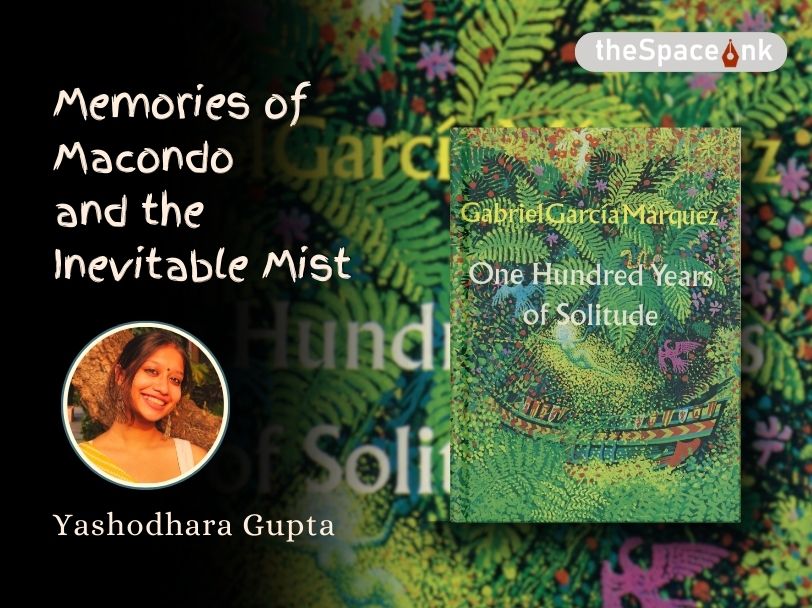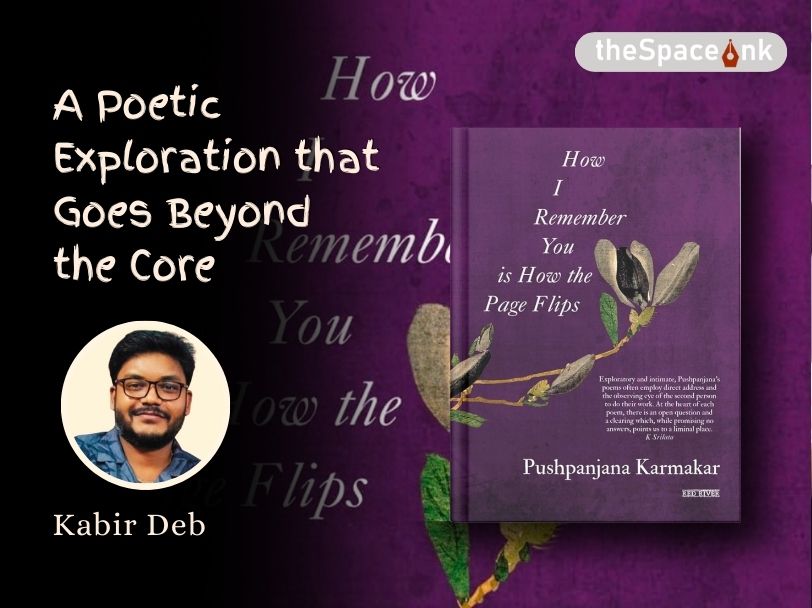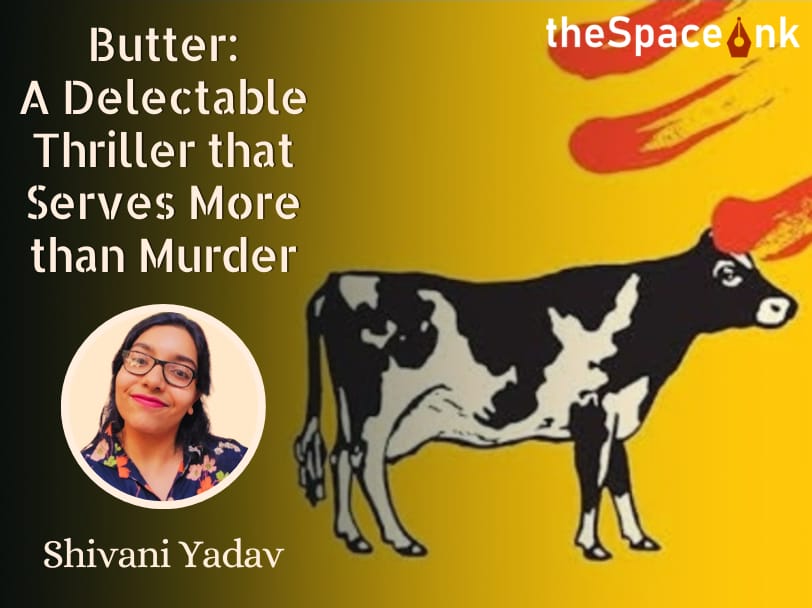It was the year 2000, the birth of a new millennium, when Eminem came out with one of his most well-written raps, The Real Slim Shady that changed the approach of underground yet commercial hip-hop. The culture of appropriation developed a few good cracks with Slim Shady, Dr. Dre and Eminem.
The proclivity of a generation towards a genre of music, literature and cinema determines the objective it wants to attain within a particular time period.
Slim Shady was a libertine – someone who questions the moral principles of society and declares them as restraints and evil – of the millennial era.
But what led Slim Shady or Dr. Dre towards a form of freedom that is associated with sex? I think it was quite tough for the adolescent kid in me to have an answer to such an important question.
Henry Miller came into my life during my first visit to an old bookstore of Khan Market, Delhi named Faqir Chand and Sons. He cannot be described from an academic lens since we are accustomed to his arrogance and anger against the structure of society. Unlike Oscar Wilde or Dante or even Herman Hesse, Miller challenged usual literature by keeping the fragments of sensuality and physical passion vivid for his readers.
So, after ten years, I finally understood how smartly Slim Shady speaks Miller’s mind when the former says:
I’m sick of you little girl and boy group, all you do is annoy me/So I have been sent here to destroy you/And there’s a million of us just like me/Who cuss like me and do not give a damn like me.
These lines or even the explicit parts of the rap form an extension of what Henry Miller writes in Sexus, the first part of his fictional memoir:
To love! To surrender absolutely, to prostrate oneself before the divine image, to die a thousand imaginary deaths, to annihilate every trace of self, to find the whole universe embodied and enshrined in the living image of another.
Also Read: Shyam Benegal: A Man in Movement
We cannot talk about Miller unless we shed light on the power dynamics associated with sex and gender. This was established for the first time by Marquis de Sade through his infamous book, Justine where the protagonist becomes a subject of male supremacy and ego. But, at the same time, Sade also focuses on how this particular dynamic sets her free from the orthodox and conservative community she grew up in.
Eighty-five years after the death of Sade, Miller, for the very first time, challenged the dynamics of society by questioning the undermining sexual vigor and activity (especially of women) in his school notebook. It focused mostly on how he perceives the female gender which is undoubtedly obnoxious. But his approach towards women also gave his family members, friends and teachers a glimpse of the difference and discrimination the society cultivates while pursuing their most raw form of passion.
After twenty years, Miller came out with his first novel, Tropic of Cancer which is still marketed for its explicit and graphic content. It is not untrue that the novel challenges the human morality, but in a patriarchal society, a book like this became a medium for men and women to understand the balance between the two sexes. But despite being graphic, Miller quotes a kind of love that is natural but cannot survive under conservatism.

Like Sade, Miller’s autofiction is solely based on the thought of moving away from idealism, which is also the mother of romanticism.
Miller’s love sits on the pedestal of pragmatism and physical reality.
If we go by the Hindu mythology, Mirabai’s passion and love for Krishna crossed the barriers of morality and can be described by the title of Kiran Nagarkar’s magnum opus – Cuckold. Even then, she followed idealism in her love affair since she never went after the physical form of Madhava. She worshipped him like the tree worships the sun. On the other hand, Urvashi’s love for King Pururava or Menaka’s love for Hrishi Vishwamitra falls under the wing of physical reality, affection and attraction. Both the women are called nymphs because patriarchy sets certain limits for Hindu women to quench their sexual desire.
Therefore, the curse of the sage is an element of patriarchy because they consensually took part in the process of consummation. Appropriating this act became necessary for the lawmakers to not show a saint driven towards lust. Although we know that Vatsyayana, the father of Kamasutra, was a sage himself. Miller’s novel becomes significant when we get to know that a pragmatic and consensual affair is the only form of love that exists. The novel shatters romanticism to condemn restrictions that we build around our own bodies. Miller is strongly against abuse which is contradictory to the perspective of Sade.
But like every libertine, his novels celebrate the eros in its actual flavor without toning it down for acceptance.
This is not a customized romance. This is how human beings behave in real life.

When it comes to urban lifestyle, our inclination towards judging someone based on the choice of drinks, dresses and diction is immense. In The Rosy Crucifixion trilogy, Henry Miller documents his life in Brooklyn where he explores writer’s block, sensual form of love and dream of being in a marital relationship. He also documents his desire strolling on the borderline between monogamy and polygamy. The internal conflict between the Casanova and the lover in him gives readers enough space to think about the turmoil that lust and love brings respectively.
While writing the trilogy, Miller says that even while ogling at women, judgment based on how they dress and drink, has never been the central entity. His love for Mona, which is based upon his wife June, grew on how the woman took the lead and gave him the freedom to create. His affairs with other women give us an idea of his polyamorous mind. Yet he keeps on having this fight with his mind, which pushes him every time to let his conscience stay with June. The tumultuous journey of Miller is a perfect commentary on the change in human psyche when it comes to lust and sex.

In Plexus, he speaks jargon about writing and other writers, but behind his insipid remarks lies an idea that has been used by intellectuals to bring a literary independence without thinking about the reader or the publisher. D.H. Lawrence became a big inspiration for Miller during his stay in Brooklyn and their symbiosis also led us towards reading a literature that we now call ‘dark romance’. In this genre, writers like Kerouac, Anais Nin, Charles Bukowski, Herman Hesse and others tie love with lust and exhibit the passion using a body, its curves and glorifies the oppressed art of nudity in literature and erotica in the West.

Erotic literature is incomplete without Anais Nin.
And when it comes to Nin, we cannot leave Miller alone since the feminine version of Miller is Nin and the masculine form of Nin is Miller.
Lawrence, yet again, formed the bridge between these two writers and such associations are needed for the world to witness passion in its absolute form. In Anais Nin’s book, Henry and June, Nin opens up about her jealousy towards June for being Miller’s wife and how the same emotion channelizes Nin’s anger into affection for June is what still influences women writers to express their sexuality without any hesitation.

In the book, A Literate Passion, we come across a Miller that is feminine and dominant, at the same time. In a society full of toxic masculinity, one must believe that the dynamics of femininity and masculinity are pretty fluid in nature. In a world obsessed with hatred, a passionate affair should not be given a title or tag.
The necessity is to learn that even under extreme conditions, love and words find ways to keep us torn but stitched.
There is nothing sacred. There is nothing moral. There is nothing sinful when it comes to love. If we must call something sacred, then the one which does not resonate with us would be evil. If we get convinced by society what adheres to morality, then those which do not align with our kind of morality would be called immoral. Similarly, if we denote something as sin or someone as sinner, we are glorifying the existence of perfection. Henry Miller changed the way we perceive the mind. To read his books, we must navigate within explicit content just to sail beyond his graphic creations to reach a place where flawed beings are worshipped
Image courtesy: Author, Pinterest
Kabir Deb is an author/poet based in Karimganj, Assam. He works for the Punjab National Bank and has completed his Masters in Life Sciences from Assam University and is presently pursuing his MCW from Oxford University, London. He is the recipient of Social Journalism Award, 2017; Reuel International Award for Best Upcoming Poet, 2019; and Nissim International Award, 2021 for Execellence in Literature for his book 'Irrfan: His Life, Philosophy, and Shades'. He runs a mental health library named 'The Pandora's Box to A Society called Happiness' in Barak Valley. He reviews books, many of which have been published in magazines like Outlook, Usawa Literary Review, The Financial Express, Cafe Dissensus, Sahitya Akademi, etc. He currently also works as the Interview Editor of the Usawa Literary Review.








